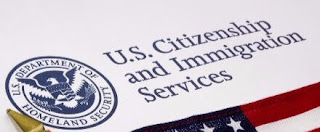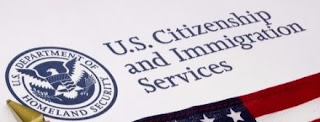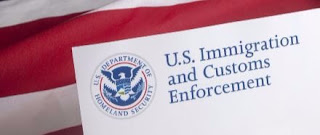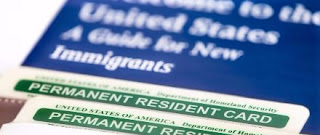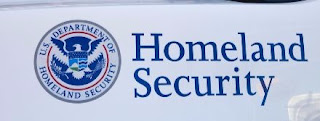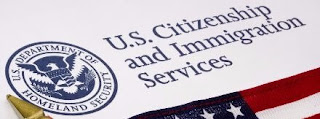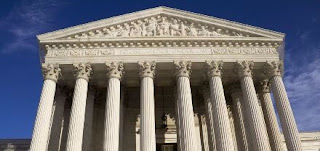On November 20, 2017, TRAC Immigration published a very interesting report on the outcomes of asylum cases in immigration courts [link].[1] In this post, we will assess some of the report's findings. The TRAC website is a valuable resources on asylum adjudication statistics in the immigration courts and by immigration judge.
The report first assessed the range in asylum approval/denial rates among immigration judges at each immigration court who have rendered at least 100 decisions from 2010 through 2016. This means that the report measured the difference between the immigration judge with the highest asylum approval rate and the immigration judge with the lowest asylum approval rate at each immigration court over this six-year period. The study found that many of the immigration courts experienced dramatic differences between immigration judges, suggesting that the likelihood of being granted asylum can in some cases depend on which immigration judge is assigned to hear it. Before examining the statistics though, it is important to remember that each asylum case presents its own unique facts. While we can draw useful information in asylum approval rates, especially at the extreme high or extreme low ends, the results of past asylum cases do not guarantee any outcomes in future asylum cases.
The two immigration courts with the largest disparity between judges were the Newark and San Francisco Immigration Courts. For the Newark Immigration Court, Immigration Judge Frederick G. Leeds approved 89.1% of 137 asylum cases, while Margaret R. Reichenberg approved only 1.3% of 149 asylum cases, making for a disparity of 87.8%. In the San Francisco Immigration Court Immigration Judge Rebecca Jamil granted approvals in 90.6% of 171 cases, whereas Immigration Judge Anthony S. Murray granted approvals in 2.9% of of 514 cases, making for a difference of 87.7%.
Large disparities were also seen at the two immigration courts with the largest asylum caseloads, the New York Immigration Court and the Los Angeles Immigration Court (note that the San Francisco Immigration Court had the third largest caseload). At the New York Immigration Court, Immigration Judge Frederic G. Leeds (who moved from the Newark Court to the New York Court in 2014, where he still sits) granted approvals in 97.0% of 846 cases, while Immigration Judge Sandy K. Hom granted approvals in only 41.5% of 1033 asylum cases, making for a 55.5% difference between the two judges at the New York Immigration Court. In the second busiest court for asylum cases, Immigration Judge David Neumeister granted approvals in only 70.6% of 412 cases, while Immigration Judge Lorraine J. Munoz of the Los Angeles Immigration Court granted approval in just 2.5% of 715 cases, making for a disparity of 68.1% at the Los Angeles Immigration Court.
In its analysis of the results, TRAC Immigration found that the dramatic disparities seen among immigration judges at many immigration courts “are unlikely to be the result of differences in the nature of incoming cases” due to the manner in which asylum cases are assigned. Instead, TRAC took the position that the more dramatic disparities are, in most cases, indicative of “the personal perspective that each judge brings to the bench.” TRAC added that it first published a report on the issue in 2006 and, despite efforts in the latter part of the last decade to narrow the disparities, TRAC found in its 2016 report that those improvements “did not persist.”
The statistics are interesting, and it will be worth watching to see if the Executive Office for Immigration Review (EOIR) undertakes further efforts to promote more consistency in asylum adjudications within each immigration court. However, it is important to remember as we noted at the top that each asylum case presents its own set of circumstances, and the results of a statistical analysis of asylum cases cannot be assessed in a vacuum.
TRAC also noted significant differences among asylum approval rates based on nationality, which makes sense insofar as an application for asylum is based in large part on circumstances in the applicant's home country. Critically, however, TRAC noted that, regardless of nationality, 91% of cases in which the asylum applicant was not represented by an attorney were denied. That latter statistic highlights the importance of working closely with an experienced immigration attorney. An individual who believes that he or she may have a claim for asylum protection and/or withholding of removal or protection under the Convention Against Torture should consult with an experienced immigration attorney immediately. An experienced attorney may assess the situation and, if he or she determines that the applicant has grounds to seek relief, then assist the applicant in presenting the best possible case based on the applicant's specific circumstances, in order to enhance the likelihood of approval regardless of the court, judge, or any other circumstances external to the evidence supporting the application.
To learn more about asylum, please see the full selection of articles and blogs that we have on the subject on our website [see category].
Please visit the nyc immigration lawyers website for further information. The Law Offices of Grinberg & Segal, PLLC focuses vast segment of its practice on immigration law. This steadfast dedication has resulted in thousands of immigrants throughout the United States.
- TRAC Immigration. “Asylum Outcome Continues to Depend on the Judge Assigned.” TRAC Immigration. Nov. 20, 2017. trac.syr.edu/immigration/reports/490
Lawyer website: http://myattorneyusa.com







